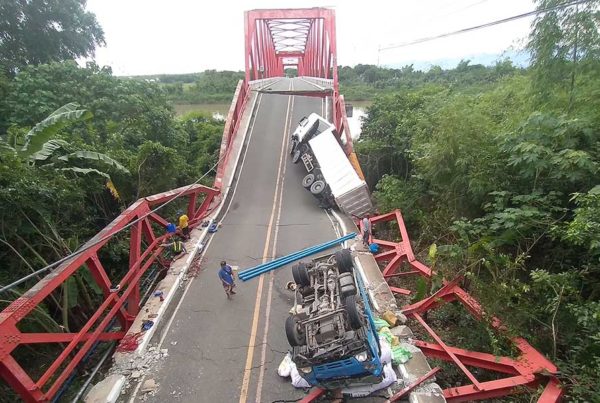Excavation, yes. Junket trip, no!
Eduardo Pontaoe
24 Nov 2007
As Mr. Ramos pointed out, the only viable recourse to prove the origin of Pangasinan, is to have an archaeological dig in the province.
In previous digs, white porcelains were found belonging to the Ming Dynasty period, which is unconvincingly not related to this legendary place called Tawalisi, due to the fact, the Ming Dynasty flourished between 1368 to 1644 long after the Spanish landed.
What are we looking for?
We should go back in the Bronze Age between 3000 and 4000 B.C. and to the latter part of the Iron Age where tools and armaments were made.
If it can be excavated . . . the possibility is enormous . . . that such events took place in Pangasinan, we can relate such culture developed in this part of Southeast Asia, where it was proven civilizations prospered in Thailand and in Burma in these periods.
It can be also taken that Tawalisians could be advanced in the smelting process to produce the equipment needed in their daily lives.
Magellan saw it at Mactan. With Lapu-Lapu and his men armed to the teeth not with just bamboo spears, but with swords made of iron.
And also, this proposed junket to Spain to check the archives at the University of Barcelona, is just a lavish misuse of time and money. There’s nothing there worth looking for.
Unless, these junketeers wanted to taste the wines of Madera with a table-dancer thrown in… with also the explicit desire of getting pardoned of their earthly transgressions at Fatima.







